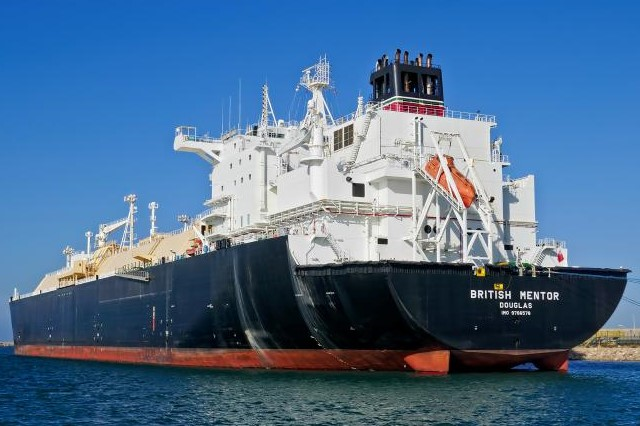News Details

Europe continued to reduce LNG demand and diversify energy sources in 2023
Since 24 February 2022 and Russia's full-scale invasion of Ukraine, Europe’s energy situation has changed dramatically. In 2021, 41% of European Union (EU) gas imports came via pipeline from Russia, 40% from other pipeline suppliers and 19% from LNG—a mix that shifted from 2022.
In May 2022, the European Commission launched its RE Europe Power plan to help the bloc save energy, boost renewables deployment and diversify its energy supplies. The EU realised that a reduction in fossil fuel dependency was necessary, alongside secure and diverse energy sources, according to latest Institute of Energy Economics and Financial Analysis (IEEFA) report.
After the implementation of RE Power EU, the energy supply mix changed. In 2022, 9% of EU gas imports came via pipeline from Russia, 40% from other pipeline suppliers and 41% from LNG. And in 2023, 41% of gas continued to be supplied by LNG imports, according to Kpler and Eurostat data.
European (defined as the 27 member states of the EU, Norway, Türkiye and the UK) gas demand in the last two years has declined significantly, mainly due to REPowerEU policies, energy efficiency programmes, increases in renewable power generation, and demand management and destruction. If the success of these policies and programmes continues, European gas demand in 2030 is expected to be below 400 billion cubic metres (bcm).
Besides reducing gas demand, Europe has put significant effort into diversifying the sources of its LNG imports. LNG imports have increased, but in 2023 they were below previous expectations. According to Kpler, Europe imported about 105 bcm of LNG in 2021, 167 bcm in 2022 and 167 bcm in 2023.
The main sources of LNG imports to Europe are the U.S., Qatar, Russia, Algeria and Nigeria. Recent years have seen the U.S. be the top supplier of LNG to Europe, accounting for 28% of imports in 2021, 43% in 2022 and 46% in 2023.
Volumes of U.S. LNG imported into Europe in 2023 increased 7% on 2022; assuming the same rise in the following years, the U.S. might be willing to supply 123 bcm of LNG to Europe in 2030, with the rest sourced from a variety of other countries to comply with the diversification of supply concept.
editor@lngworldwide.com

